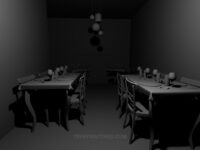
I took a look at the realistic rendering demo (https://www NULL.unrealengine NULL.com/blog/new-release-realistic-rendering-showcase) that Epic Games posted. It has fairly nice soft shadowing and pays close attention to how your eyes behave in light. I think the gap between pre-rendered and real time visuals is staring to get close enough that you could definitely use the Unreal 4 Engine for pre-visualizations and not have to visually take a gigantic hit. In fact you can probably produce more work at a faster pace using UE4. I’m building a small scene to create as realistic a render as I can using the new engine. No holds bared and no excuses. There’s going to be soft shadows, GI, ray traced light going through and off reflective and refractive surfaces plus caustic reflections! That is “literally all the things” when it comes to setting up great looking render. I’m going to be following the “PBR” rendering workflow so if you’ve never taken that challenge up this should be a good intro. There’s also a new PBR rendering contest going on now at Polycount (http://www NULL.polycount NULL.com/2014/06/14/petrolblood/). Here’s another great link to a Poly count forum thread (http://www NULL.polycount NULL.com/forum/showthread NULL.php?t=124683) that deals with PBR in games.
The shot you see here is a preliminary layout done in Maya with nearly all the rough models finished. The wall/ceiling moldings still have to be made. The next step is to take them into ZBrush. There I’m going to sculpt some more detail into some of the pieces and then use the retopology tools to lower the polygon count of each piece.
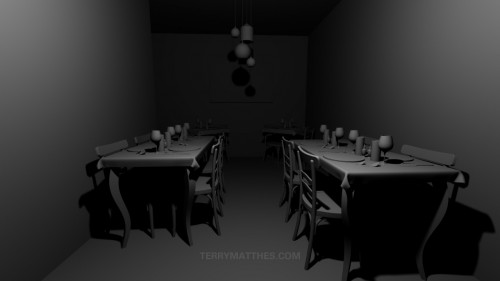 (http://www NULL.terrymatthes NULL.com/wp-content/uploads/2014/06/restaurant NULL.jpg)
(http://www NULL.terrymatthes NULL.com/wp-content/uploads/2014/06/restaurant NULL.jpg)
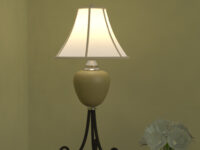
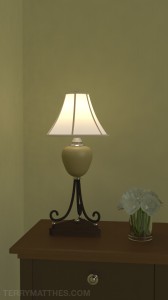 (http://www
(http://www (http://www
(http://www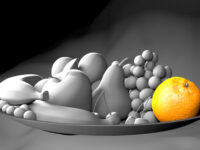
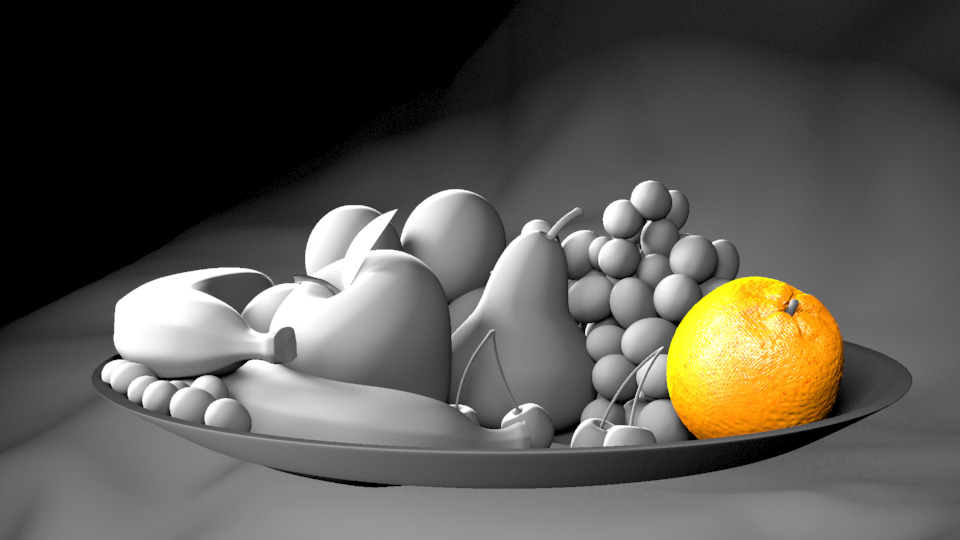 (http://www
(http://www